Introduction
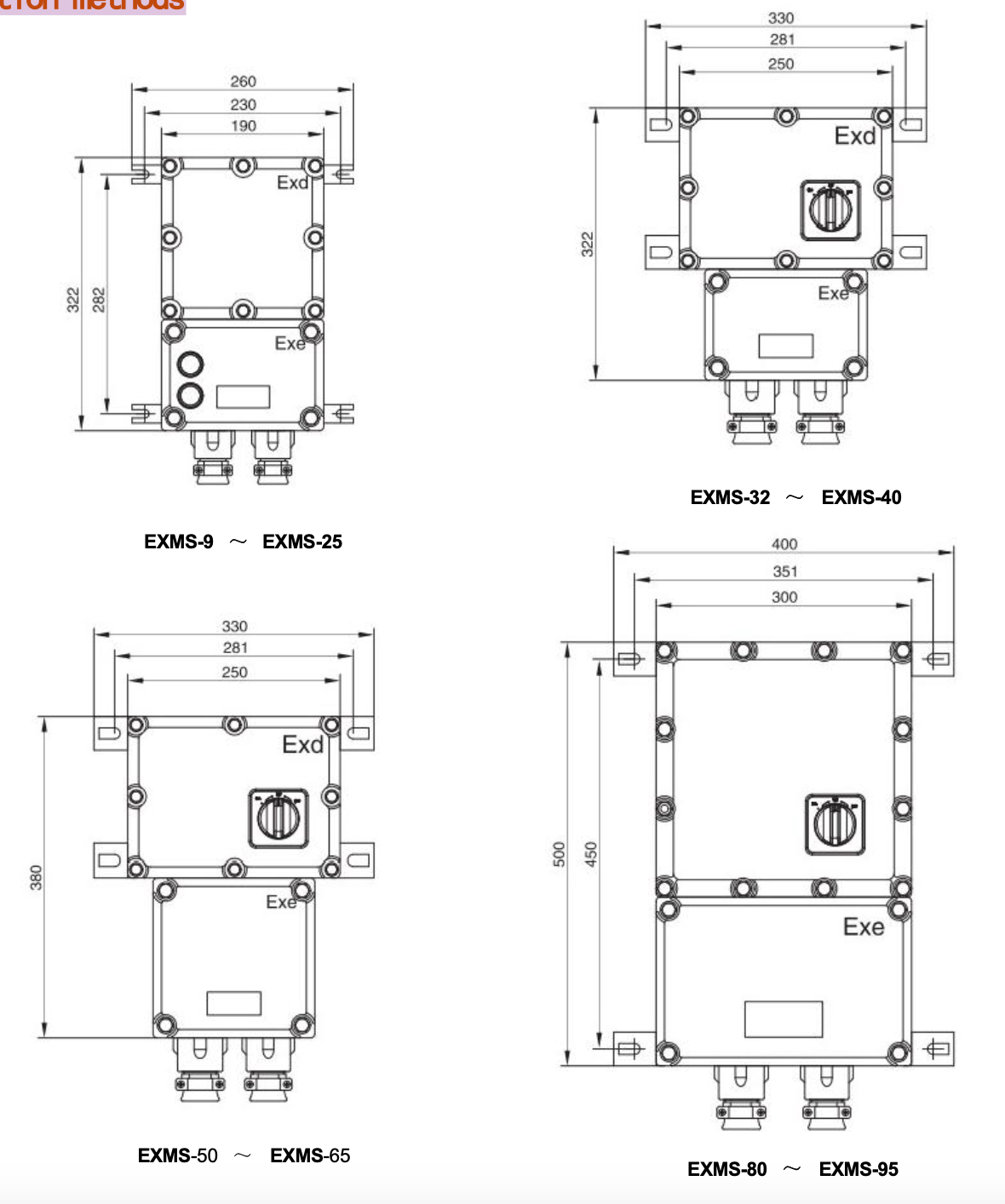
When it comes to hazardous environments, choosing the right enclosure is crucial for safety and efficiency. Understanding the differences between Ex d and Ex e enclosures is key to making an informed decision. Whether it's an Ex e junction box or an Ex d enclosure, knowing which type suits your needs can make all the difference in your operations.
Understanding Ex d and Ex e Enclosures
Ex e enclosures, also known as type 1 enclosures, are designed for use in hazardous locations where flammable gases or vapors are present. These enclosures provide a level of protection that prevents the ignition of explosive gas atmospheres. Whether it's an Ex e terminal box or an Ex e junction box, these enclosures are ideal for various industrial applications.
Ex d enclosures, on the other hand, are designed for use in environments where there is a high risk of explosion due to the presence of combustible dust. These enclosures are built to withstand the internal ignition of explosive dust atmospheres, providing a higher level of protection compared to Ex e enclosures. While both types of enclosures serve to prevent ignition in hazardous locations, it's important to understand the specific requirements for each type of hazardous environment.
Exploring the Key Differences
On the other hand, Ex d enclosures are specifically engineered to contain any explosion within the enclosure and prevent ignition of flammable gases surrounding it. These robust enclosures are commonly used in industries such as oil and gas, petrochemical, and mining where high-risk environments demand maximum safety measures.
Furthermore, Ex d enclosures are designed to withstand harsh environmental conditions, making them ideal for use in offshore drilling platforms and chemical processing plants. Their durable construction and ability to contain explosions make them reliable for protecting critical equipment and personnel in hazardous locations. In contrast, Ex e enclosures are suited for areas where the risk of explosion is lower, such as pharmaceutical manufacturing facilities or food processing plants.
Choosing the Right Enclosure for Your Needs
Choosing the right enclosure for your electrical equipment isn't a one-size-fits-all situation. Several factors come into play to ensure it provides optimal protection and meets safety regulations. Here's a breakdown of key considerations to guide your selection:
Environmental Considerations:
- Weather Warriors: Will your enclosure face harsh weather elements like rain, snow, or extreme temperatures? Look for enclosures with weatherproof ratings that indicate their ability to withstand these conditions.
- Dust Devils and Corrosive Critters: Will the enclosure be exposed to dust, dirt, or corrosive chemicals? Choose a material and design that can handle such exposure without degrading or compromising its functionality.
- Explosive Environments: Are there any flammable gases, vapors, or dust particles present? In potentially explosive atmospheres, special precautions are necessary.
Ex d Enclosures for High-Risk Environments:
Ex d enclosures are specifically designed for hazardous environments where explosive gases or dusts are a potential threat. Their key features include:
- Fort Knox Protection: Ex d enclosures are built extra tough to contain any internal explosion and prevent it from igniting the surrounding atmosphere. This is achieved through a flameproof design with very small gaps between mating surfaces.
- Strict Regulations: Regulations in high-risk industries like chemical processing or oil and gas often mandate the use of Ex d enclosures.
- Ex e Junction Boxes for Less Extreme Conditions:
Ex e junction boxes offer a good level of protection for electrical components in environments with a lower risk of explosion. They typically feature:
- Increased Safety Measures: Ex e junction boxes incorporate design elements that minimize the risk of sparks or overheating within the enclosure, preventing ignition of any potentially flammable materials outside.
- Cost-Effective Choice: Compared to Ex d enclosures, Ex e junction boxes are generally more affordable.
- Beyond the Basics:
- Size Matters: Consider the amount of space you have for the enclosure and the size of the equipment it needs to house.
- Easy Access for Maintenance: Choose an enclosure that allows for easy access for maintenance and inspection procedures.
- Material Matters: The enclosure material should be compatible with the environment and equipment housed within.
By carefully evaluating these factors and aligning them with your specific project requirements, you can make an informed decision and select the enclosure that provides the perfect shelter for your electrical equipment. Remember, the right enclosure safeguards your equipment, ensures safety compliance, and offers peace of mind.
Ex d Enclosures
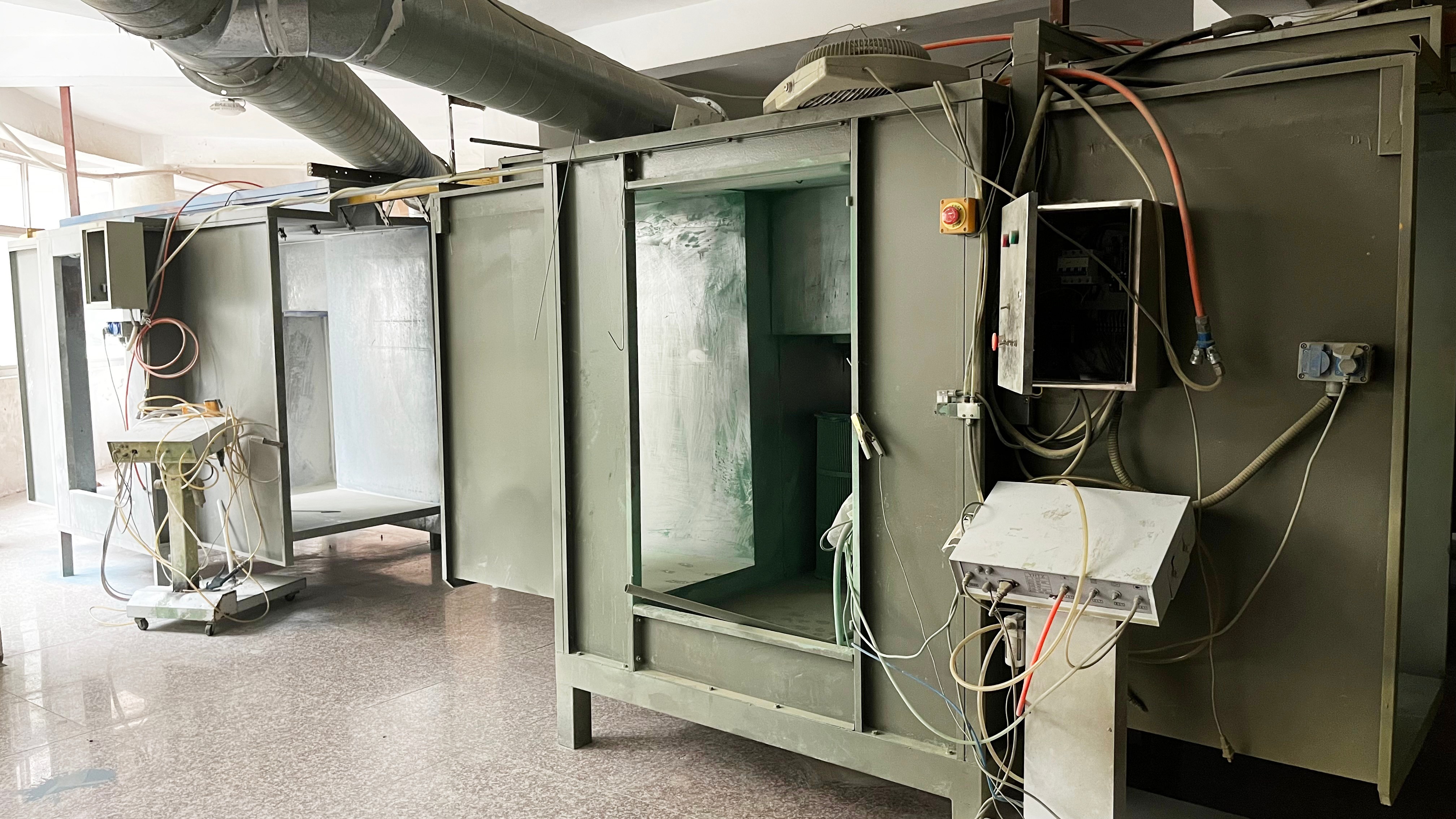
Ex d enclosures are specifically designed to contain sparks and prevent the ignition of hazardous gases, vapors, and dust. These enclosures are constructed with robust stainless steel or aluminum materials to ensure maximum protection in volatile environments.
Protection and Features
Ex d enclosures are equipped with flameproof seals and fittings to prevent the entry of flammable substances, making them ideal for use in oil refineries, chemical plants, and other industrial settings where explosive atmospheres are present. These enclosures also feature rugged construction to withstand harsh conditions and provide long-lasting durability.
Industrial Applications
Ex d enclosures are widely used in petrochemical, pharmaceutical, and mining industries for housing electrical components like motors, switches, and lighting fixtures. Their ability to contain explosions makes them essential for maintaining safety in hazardous areas where the risk of ignition is high.
Certification and Compliance
To ensure their reliability and safety, Ex d enclosures undergo rigorous testing and certification processes to comply with international standards such as ATEX and IECEx. These certifications guarantee that the enclosures meet strict requirements for explosion protection in various industrial environments.
Now that we've explored the features of Ex D enclosures, let's explore the world of Ex E enclosures to understand their design and functionality.
Ex e Enclosures
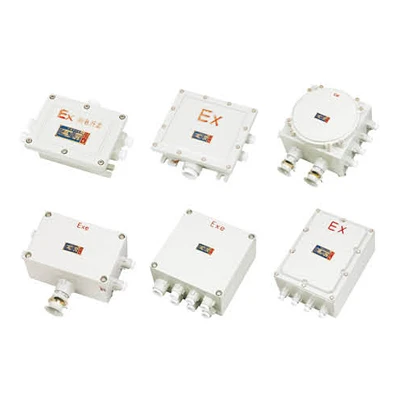
Ex e enclosures are a type of electrical enclosure designed to contain and protect electrical components in hazardous locations. They are commonly used in industrial settings where flammable gases, vapors, or dust are present. The design and functionality of ex e enclosures focus on preventing the ignition of these hazardous materials, ensuring the safety of personnel and equipment.
Design and Functionality
The design of ex e enclosures emphasizes the containment of potential ignition sources within the enclosure, preventing them from coming into contact with flammable substances in the surrounding environment. These enclosures are constructed with robust materials that can withstand harsh conditions, providing a secure barrier against external hazards. Additionally, their functionality includes features such as gasketed doors and flameproof cable entries to enhance safety measures further.
Versatility and Flexibility
Ex e enclosures offer versatility in terms of their applications across various industries. Whether it's a type 1 enclosure for indoor use or an ex e junction box for outdoor installations, these enclosures can be adapted to suit specific requirements. Their flexibility allows for customization in size, configuration, and mounting options, making them suitable for diverse electrical systems and equipment.
Performance and Efficiency
The performance of ex e enclosures is characterized by their ability to effectively contain electrical sparks or thermal effects that could potentially ignite hazardous atmospheres. By maintaining a high level of efficiency in preventing explosions or fires, these enclosures contribute to overall safety standards in industrial environments. Their robust construction also ensures durability and long-term reliability in challenging operational conditions.
Comparison and Contrast

Key Variations in Construction
When comparing ex d and ex e enclosures, the key variation in construction lies in their design for hazardous environments. Ex e enclosures are designed to contain sparks within the enclosure, preventing the ignition of flammable gases or vapors present in the surrounding atmosphere. On the other hand, ex d enclosures are constructed to withstand internal explosions without allowing the flame to escape and ignite the surrounding atmosphere.
Practical Considerations for Installation
Ex e enclosures offer several practical advantages when it comes to installation and maintenance:
- Simpler Design, Easier Installation: Ex e enclosures generally have a less complex design compared to their Ex d counterparts. This translates to a lighter weight and a potentially simpler installation process. Their user-friendly design makes them more versatile for various applications and easier to handle during mounting.
- Flexible Mounting Options: Ex e junction boxes, terminal boxes, and type 1 enclosures typically offer a wider range of mounting options. This allows for easier integration into existing electrical systems without requiring extensive modifications, saving time and resources during installation.
- Reduced Maintenance Needs: Ex e enclosures' simpler design translates to fewer components and a more straightforward construction. This makes them easier to inspect and service during routine maintenance. Less complex maintenance procedures minimize downtime and contribute to lower overall maintenance costs. This is particularly beneficial in industries where regular inspections and maintenance are critical for safety and regulatory compliance.
Ex e enclosures offer a compelling combination of practicality and efficiency. Their user-friendly design streamlines installation, while their simpler construction reduces maintenance requirements, making them a smart choice for various applications where safety and ease of use are priorities.
Impact on Safety and Maintenance
Another important factor when comparing ex d and ex e enclosures is the impact on safety and maintenance. Ex e enclosures provide a high level of safety by preventing external ignitions from causing an explosion inside the enclosure, making them suitable for a variety of industrial settings. Additionally, their simpler design often results in lower maintenance requirements compared to ex d enclosures, which may require more frequent inspections and maintenance due to their more complex construction.
Selecting the Ideal Enclosure
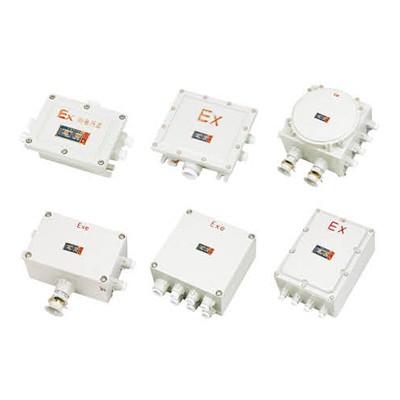
When selecting the ideal enclosure for your needs, several factors must be considered. First, you'll want to assess the environmental conditions in which the enclosure will be installed, such as temperature, humidity, and exposure to corrosive substances. Additionally, you should consider your application's specific requirements, including the need for explosion-proof protection and the level of customization required.
Factors to Consider
Selecting the right enclosure for your electrical equipment hinges on understanding the environment it will face. Here's a breakdown of two common enclosure types and the factors to consider when making your choice:
Type 1 Enclosures: The Indoor Guardians
- Typical Use: Type 1 enclosures are your go-to choice for indoor applications in non-hazardous locations. Think office buildings, schools, or retail spaces.
- Protection Level: They offer basic protection against dust, dirt, and dripping liquids, keeping your equipment safe from minor environmental annoyances.
- Limitations: Type 1 enclosures are not suitable for harsh environments with excessive dust, water, or corrosive materials. They also don't offer any protection against explosions.
Ex e Enclosures: Heavy-Duty Protection for Hazardous Environments
- Built for Tough Environments: Ex e enclosures are specifically designed for Zone 1 and Zone 2 hazardous areas where flammable gases, vapors, or dust particles are a potential threat.
- Enhanced Protection: Compared to Type 1 enclosures, they offer a higher level of protection against dust, water ingress, and potential ignition sources. Their design minimizes the risk of sparks or overheating within the enclosure, preventing any external flammable materials from igniting.
- Safety First: In many high-risk industries, such as chemical processing or oil and gas, regulations mandate the use of Ex e enclosures to prioritize safety.
Choosing the Right Fit
By carefully evaluating the environmental conditions where your enclosure will be used, you can make an informed decision. For basic indoor protection, a Type 1 enclosure might suffice. However, if you're dealing with hazardous locations or require a higher level of protection against dust, water, or potential explosions, an Ex e enclosure is recommended. Remember, the right enclosure safeguards your equipment, ensures safety compliance, and offers peace of mind.
Customization Options
When it comes to customization options, an ex e junction box or an ex e terminal box can be tailored to meet specific size and configuration requirements. This flexibility allows for seamless integration with existing equipment and systems, making achieving a reliable and efficient setup that meets your unique needs easier.
With the ability to customize an ex e junction box or ex e terminal box to specific size and configuration requirements, businesses can ensure a seamless integration with their existing equipment and systems. This means they can easily achieve a reliable and efficient setup tailored to their unique needs. Whether adapting to space constraints or accommodating specialized components, customization options provide the flexibility needed for a perfect fit.
Practical Case Studies
It's helpful to review practical case studies to better understand how different enclosures perform in real-world applications. These case studies can provide insights into how ex d enclosures and ex e enclosures have been used in various industries to address specific challenges related to hazardous environments and ensure operational safety.
Now that we've explored the key factors involved in selecting the ideal enclosure for your needs, let's take a closer look at the future of ex-proof enclosures and how emerging technologies are shaping this industry.
The Future of Ex-Proof Enclosures

As technology advances, the future of ex-proof enclosures is poised for exciting developments. With the rise of IoT and smart manufacturing, ex e enclosures are expected to integrate cutting-edge technologies such as remote monitoring and predictive maintenance, enhancing their functionality and performance.
Emerging Technologies
Innovations in materials and design are paving the way for lighter, more durable ex e enclosures that offer superior protection against harsh environments. Additionally, advancements in sealing techniques and explosion-proof components are set to further enhance these enclosures' safety and reliability in hazardous areas.
Furthermore, integrating smart technology and IoT capabilities into these enclosures is revolutionizing how they are monitored and maintained. With real-time data collection and remote access, operators can proactively address potential issues before they escalate, leading to increased efficiency and reduced downtime. This level of connectivity also allows for predictive maintenance, optimizing equipment lifespan, and minimizing costly repairs.
Sustainable Practices
As sustainability becomes a top priority across industries, ex e enclosures are embracing eco-friendly practices by utilizing recyclable materials and energy-efficient designs. The shift towards sustainable manufacturing processes is driving the development of environmentally conscious ex e junction boxes that minimize waste and reduce carbon footprint.
Industry Innovations
Integrating advanced automation technologies with ex e terminal boxes is revolutionizing industrial operations by streamlining processes and improving overall efficiency. From enhanced connectivity to intelligent control systems, industry innovations are reshaping the landscape of ex-proof enclosures, making them more adaptable to evolving industry requirements.
With emerging technologies, sustainable practices, and industry innovations shaping the future of ex-proof enclosures, it's evident that these critical components will continue to play a pivotal role in ensuring safety and efficiency in hazardous environments for years to come.
Partner with Jinrong for Expert Guidance
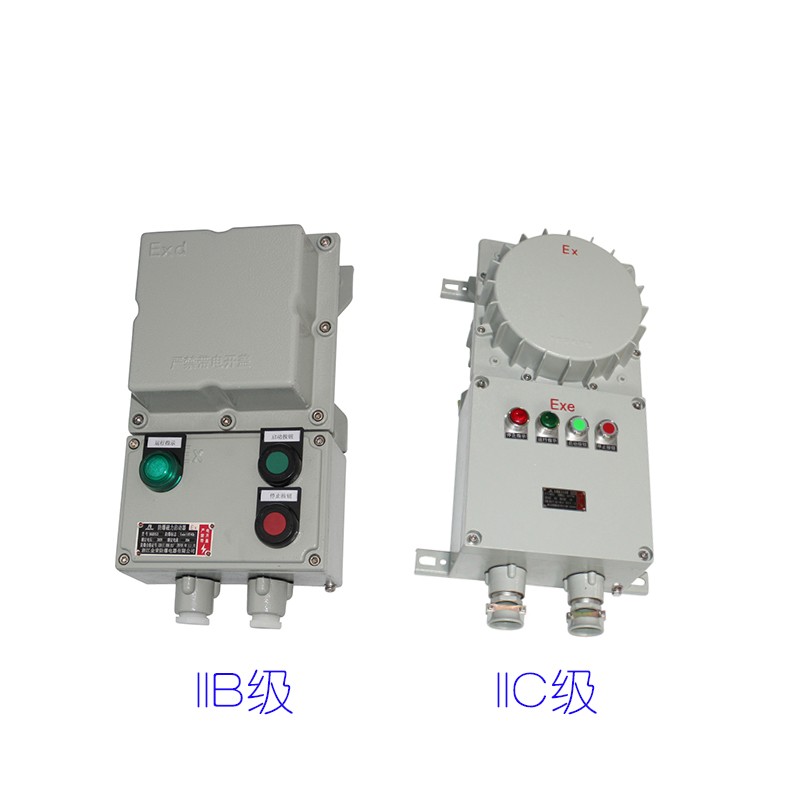
When it comes to making the right choice for your application, the decision between an ex d enclosure and an ex e enclosure can be crucial. Understanding the key differences in construction, functionality, and performance is essential for maximizing safety and efficiency in hazardous environments. By partnering with Jinrong for expert guidance, you can ensure you are equipped with the knowledge and resources needed to select the ideal enclosure for your needs.
Making the Right Choice for Your Application
Selecting the right type of enclosure, whether an ex e junction box or an ex d terminal box, is vital for protecting your equipment from potential hazards. Considering factors such as environmental conditions, installation requirements, and long-term maintenance can help you make an informed decision that aligns with your application's unique demands.
Maximizing Safety and Efficiency
By choosing the appropriate type 1 enclosure for your hazardous area, you can effectively minimize the risk of ignition sources and ensure that your operations run smoothly without compromising safety standards. Whether it's for industrial applications or commercial facilities, prioritizing safety and efficiency through proper enclosure selection is paramount.
With a wealth of industry knowledge and experience in hazardous area protection solutions, Jinrong offers expert guidance to help you navigate the complexities of selecting ex-proof enclosures. From customization options to practical case studies, our team is dedicated to providing tailored recommendations that meet your requirements.

